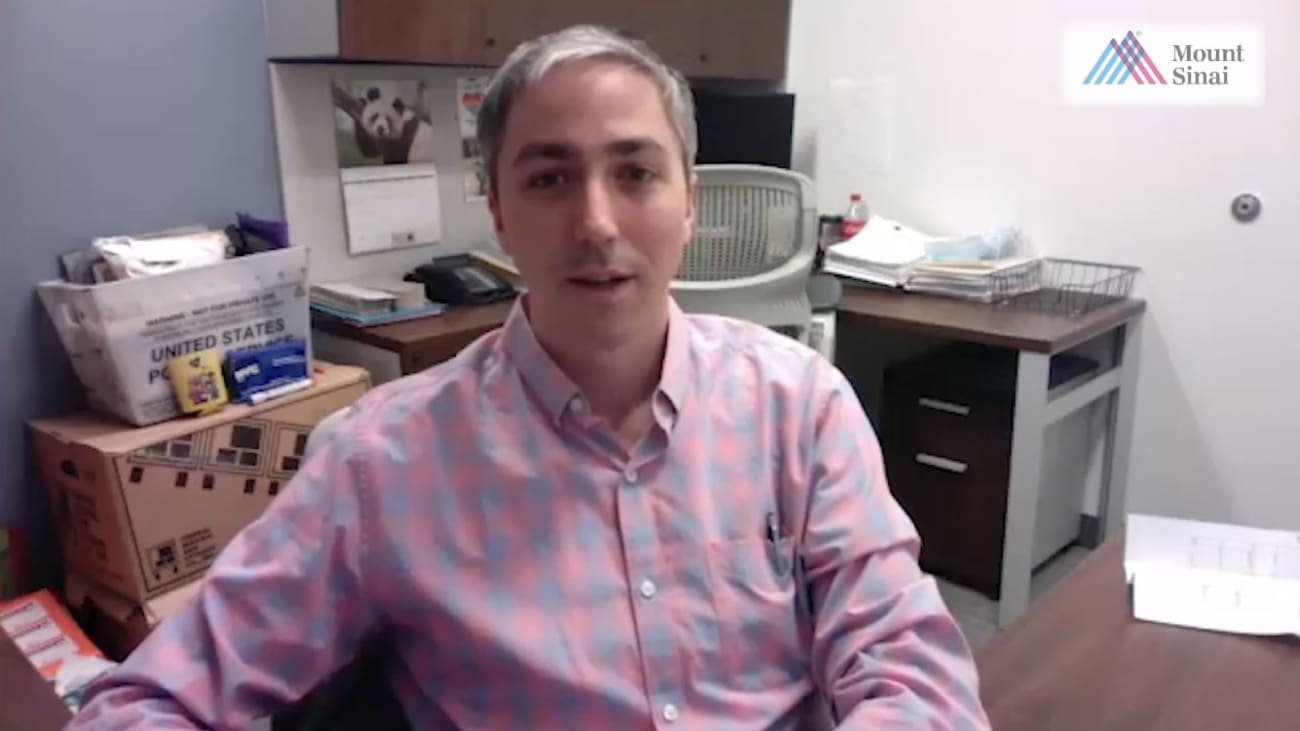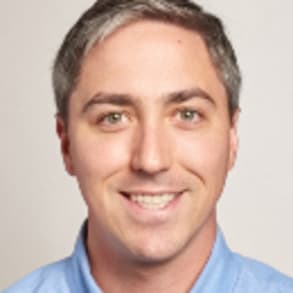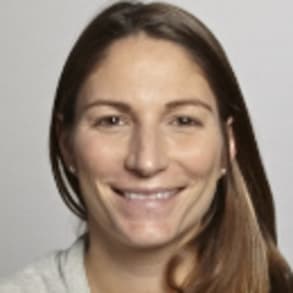Drs. Bush and Juliano discuss the collaboration between their two specialties and how they were able to form a program for chronic lung diseases and provide comprehensive care to infants with chronic lung disease and immaturities.
I am Douglas Bush. I'm a pediatric pulmonologist here at Mount Sinai crabs Children's Hospital and I am co director of the chronic lung disease program at our institution. My name is Courtney Giuliano. I am a neonatologist and the medical director of our Nicu at Mount Sinai Kravis Children's Hospital. And I partner with Dr Bush to run our chronic lung team. So the chronic lung team is a multidisciplinary program that was spearheaded by DR Bush and myself designed to provide comprehensive care to infants with chronic lung disease of prematurity. Um infants with BPD are pretty unique from other patients cared for in the NiCU. They have unique pulmonary physiology and they're often impacted by other morbidity is associated with BPD. And so we recognized both from our own experiences caring for these babies and drawing from the experiences of others that these patients and their families would benefit from a more collaborative, multidisciplinary approach to care. So that's what we set out to create. That's a great question here at Mount Sinai. We've done such a fabulous job addressing the acute illnesses we face in our nick. You we've also done a fabulous job in preventing the development of severe chronic lung disease. Um that's made room for a lot of growth within our institution and and within our nicu uh and has made way for a large amount of referrals from outside hospitals for kids with severe lung disease. Uh and it's allowed us to shift our focus from how to prevent these disorders to how to treat these conditions and prevent the complications related to these disorders. And it's involved into this very successful program that's helped prevent disease, reduced hospital stays and and even improved outcomes. Um I would say one of the things that sets this program apart is that it represents a truly collaborative effort, so Doctor Bush and I really enjoy working together to care for these patients. Um we have complementary expertise and I think importantly, we're both really driven by the same primary goal which is to enhance care and improve outcomes for these vulnerable patients. And we both believe that they these babies deserve the best that we can give them. Yeah, our program is one of the only of its kind in the new york city metropolitan area. Um we're recognizing the existence of chronic lung disorders and bridging the acute care of these infants with the chronic care model within our institution or even through collaborations with sub acute facilities and and parents. Um, once we recognize that a condition is chronic, our goal is to really help facilitate these infants becoming Children at home. We can provide high level respiratory support in the home with appropriate parental education training and experience, and all of which were helping to provide within our NiCU itself. Well, we like to believe we're making an impact, I would say, within the NICU, we've assembled a care team that allows for continuity of care for infants and and importantly their families and prioritizes a really holistic approach to their care. Also, by formalizing care pathways, we've been able to reduce variability and care delivery. And one of the things we're quite proud of is the establishment of a pathway to home for infants who are technology dependent. And this involves intensive education for families, a transition to home support devices while still in the NiCU and robust follow up program that's led by Dr Bush. Yeah, once the infants are stable and a chronic care plan is established, we start discussions regarding discharge from the acute care setting historically here in new york city. This has traditionally been uh to go from our facility to a sub acute facility. However, as are established, outpatient care model gross here at Mount Sinai. We're we're now able to handle quite complex respiratory challenges in the home environment. The advent of telemedicine has really facilitated this. We established early and frequent follow up is needed through either in person visits or through the use of telemedicine. So, and if home is not an option and we're transitioning our patients are infants to a sub acute care facility. We we really try to collaborate closely with the physicians at these facilities with regular communications through in person or virtual follow up visits as needed and certainly maintain close contact with the parents of these patients. Um I would say one of the biggest drivers of our success is that we love what we're doing. Um We're both really passionate about the program. We are committed to the patients that were taking care of and to their families, and I think it's incredibly rewarding and one of the best motivators to feel like you're making even a small difference. And I think through this program, we feel like maybe we are.




